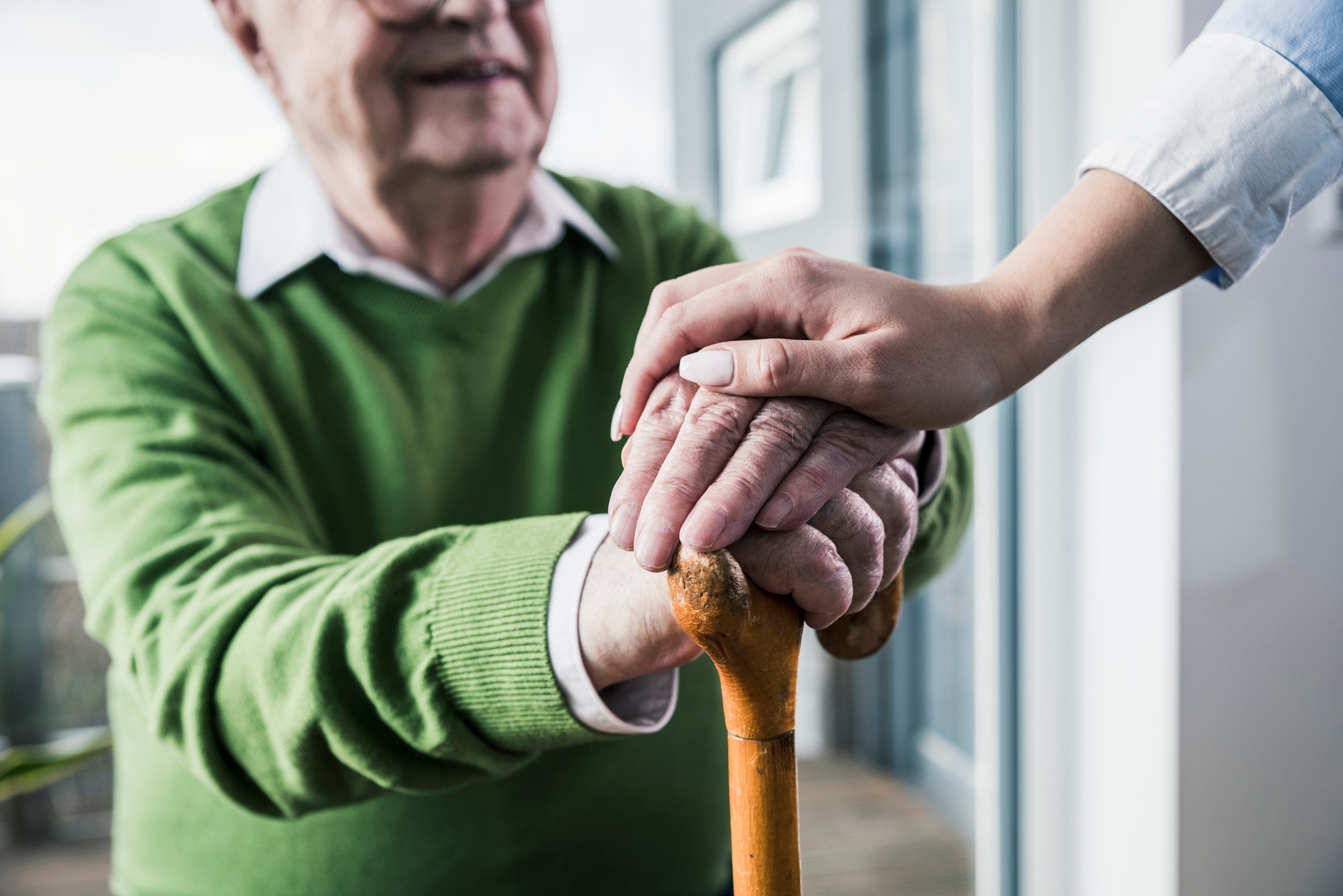At the tender age of 14, Angelina, an earnest and soft-spoken middle schooler, began caring for her mother, who suffered from a debilitating bone disease. Years later, upon graduating from high school, Angelina didn’t get to “go off to college.” She had to stay at home so she could care for her mother, who also struggled with depression. To help cover the cost of food and housing in their subsidized apartment just outside of Boston, Angelina took a job working the 3-to-11 p.m. shift in a supermarket. Between her coursework, caregiving responsibilities and job, Angelina had no time to spare. She felt guilty that she wasn’t able to do more for her mother, while mourning the fact that she was missing out on college life. “I never got to do the college parties or just hang out with friends,” she recalled recently. “None of my friends were in the same boat. Their parents were still supporting them.”
The millennial generation, born between 1980 and 2000, are oft-maligned for being self-absorbed and allergic to adult responsibility. Yet recent reports — and stories like Angelina’s — appear to refute these claims. While this large cohort of 22- to 37-year-olds is deeply concerned about issues impacting the planet, for many, the worry is closer to home — caring for one’s parents.
According to AARP, millennials make up 25 percent — one in four — of America’s 40 million unpaid family caregivers. It’s hard to launch your own life when you’re spending an average of 20 hours per week caring for your parent or family member. Instead of hanging out with friends after work, these young adults start their second shift as family caregivers. They’re making sure Mom has food in the fridge or Dad’s bills are paid. Some are even providing hands-on help like bathing and dressing — while also dipping into their own pockets to help pay for care.
Brettlyn, a 32-year-old whose father died last year after a long battle with dementia, also experienced feelings of isolation and guilt. Initially Brettlyn was a long-distance caregiver, managing a new job in Boston while helping care for Dad in New Jersey. Long-distance caregivers live an hour or more from family members and often face additional challenges balancing work and caregiving. “I was working all week, caregiving all weekend and spending eight hours traveling back and forth,” she told me. “I wanted to prove myself at work and be a good daughter at the same time. While I adored my father and wanted to help, I felt envious of my friends who were having a good time.”
Brettlyn was one of the lucky few: She had an understanding employer who allowed her the flexibility she needed. She was eventually able to move closer to her father and keep her job, too. But that is not the case for many millennial caregivers. They are more likely to be employed than previous generations of family caregivers, yet a third make less than $30,000 annually. Saddled with more debt than their boomer counterparts, these millennials spend a whopping 27 percent of their annual income on caregiving expenses.
Adding to this confluence of burdens, millennial family caregivers often feel unsupported in the workplace. They are less inclined than older employees to speak up about work/care conflicts to their managers or co-workers, and feel isolated in their caregiving role. Paradoxically for these hyper-responsible individuals, they are more frequently dinged for performance and attendance issues related to caregiving, further jeopardizing their financial security.
Despite these challenges, millennials are paving the way toward the future of caregiving. Employers lose an estimated $33 billion annually due to their employees’ caregiving disruptions — and that’s just one reason businesses would be wise to monitor their path. Unlike previous generations of caregivers, in which women were saddled with the lion’s share of responsibilities, millennials are splitting caregiving responsibilities evenly by gender. Over half of millennial caregivers are people of color, and as a group they are more likely to identify as LGBT. Not only are they more diverse than previous generations — they are also redefining what it means to be a family caregiver. In addition to parents, millennials are caring for grandparents, in-laws, other family members, even neighbors and friends.
The stories of Angelina and Brettlyn hardly support pop culture’s pervasive stereotype of lazy, self-absorbed millennials. In fact, the opposite is true. Rather than eschewing adult responsibility, this generation of caregivers is taking on a role most of us didn’t assume until we were well into our 40s and 50s. Perhaps this experience will change the way they approach their own aging.
It’s also changing the way they live right now. At 26, Angelina has a full-time job, a 4-year old child, and is still the primary caregiver for her mother. “Caring for Mom has made me more patient and resourceful,” she says. That’s one of the unexpected gifts in caregiving — a phenomenon that links caregivers across generations, and is a focus of my book, My Parents Keeper: The Guilt, Grief, Guesswork, and Unexpected Gifts of Caregiving (Yale University Press). But, as Angelina reflects, she also realizes caregiving has presented a profound disruption to the expected course of life. “Things weren’t planned for me,” she says. “I had to figure it all out as I went along. I don’t want my son to have to go through that.”
In today’s workplace, it’s often the baby boomers who hold seniority — and many of them were unprepared when they assumed the role of family caregiver for their parents. Now, the boomers are beginning to age out of caregiving and age into being cared for. Increasingly, they will depend on millennials to do that important work. The torch is being passed and millennials are the caregivers of the fast approaching future.
This article originally appeared on Forbes.com.





